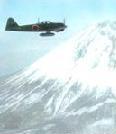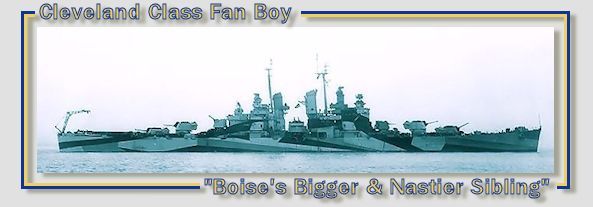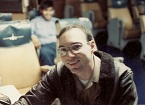Bullwinkle58
Posts: 11302
Joined: 2/24/2009
Status: offline

|
quote:
ORIGINAL: Nikademus
good article. However based on my experiences with WitP and later AE as a tester slash developer.....i'm hoping future wargames will take a step back from the urge to represent every gritty details down to the nth degree. Like the article pointed out......a Supreme Commander didn't have to fill in as a Junior officer in charge of logistics much less fill in for an Albert Speer type and manage an entire war economy. The mega-wargame can be fun, but i think most will agree that it is also virtually impossible to finish, esp if playing by PBEM.
I think the Grigsby type detail level in regards the combat resolution can be preserved without having to go further. I feel this more strongly than ever after playing around with the new War in the East. I actually find myself prefering Grigsby's earlier work on the subject.
I feel as if I wasted a good bit of money on WitE. Not that it isn't what they said it is, but I thought I could look past that what it is to enjoy the theater and learn. I found that the game was essentially "cold" even relative to AE--no animations, the counters don't feel like real men (even the ship icons in AE have more personality), and the massive amounts of data are laid out in the most mind-numbingly boring spreadsheet formats that playing even a few turns feels like a job. The tremendous map and level of historical detail in the OOB is lost in GG's standard morass of an interface and data representaiton. Where one picture would do he uses 1000 numbers.
I think it would be possible, with a lot of money and programing talent, to take the best of the Grigsby Form and bring it into this decade. I sometimes lurk in the Usenet wargames newsgroup, and the regulars there hate mega-games with a passion due not to scope so much as workload. Too many games move it up a level or two by abstracting events into higher-level algorithms. A battle is decided on a diceroll as it were. GG's method has always been bottom-up, accreting results from small unit or single unit rolls and player inputs. The problem with his method is not the architecture--bottom-up is the way to go for grogs--but with the interface, data presentation, and tool set given the player to manage it all. AE is wonderful, but it's an electro-mechanical device in a digital world. I can almost hear servos whining in there during the night phase resolution.
So much of the game control depends on the player remembering to do a task, or doing a task over, and over, and over in a way a simple template could relieve. How many times must I set up an atoll invasion Bombardment TF? I could do it once, save it as a three-letter-definition template, and call it when I need one. The code could round up ships for that TF from player-defined bases or ranges or HQs, and auto-send them to the forming base, just as a staff would do. I could put in escort constraints for that marshalling process once, and tell the code to only bother me if the constraints can't be met with local assets. Similarly, pilot training set-up is a human-driven iteration now. If the game could be programed to let me set universal training parameters by plane type, geopgraphy, skill level, etc.--once--I could then let it crank away until it auto-harvested pilots into the pool. Imagine setting up pilot training with drag&drop mechanics, dumping training formations into a folder and giving the total folder instructions--once. With a one-time programming investment the game could save literally thousands of man-years of clicking across the installed base. And if the system let the true grog go in and tweak the individual units as now, removing them from the cranking from that point forward, everyone could be happy.
If modern interface concepts were designed in from Day One, combined with the powerful OOB databases AE has left as a legacy, I believe the game could still be as detailed under the hood as now, but much easier to wrangle. Much easier to spend more time thinking about strategy and less on mundane manual tasks PCs were built to do fast and error-free. If data presentation were really thought through by using colors, icons, shading, routing lines, roll-overs, right-click menus, and sorts going both horizontally and vertically through presented data I think most of the tedium of the PBEM game could be relieved, and more games would, unlike now, go the distance.
In short, I don't think the game size is the issue so much as control systems. A PC with a quad core and 8 gigs of RAM isn't even breathing hard running AE. The hardware will never be the constraint ever again. Time to play is the constraint, and future mega-games have to think about player workload and data presentation first, not at the end of the design process. I'm not sure GG can change that much at this point in his career, but younger designers could take his core ethos of detail and bottom-uip results and blend it with modern understanding of how software works with users.
The first design group/publisher combo to do that will make a pantload of money.
< Message edited by Bullwinkle58 -- 4/12/2012 12:38:26 AM >
_____________________________
The Moose
|
 Printable Version
Printable Version








 * now you know what it's like to be yamamoto
* now you know what it's like to be yamamoto 
















 New Messages
New Messages No New Messages
No New Messages Hot Topic w/ New Messages
Hot Topic w/ New Messages Hot Topic w/o New Messages
Hot Topic w/o New Messages Locked w/ New Messages
Locked w/ New Messages Locked w/o New Messages
Locked w/o New Messages Post New Thread
Post New Thread